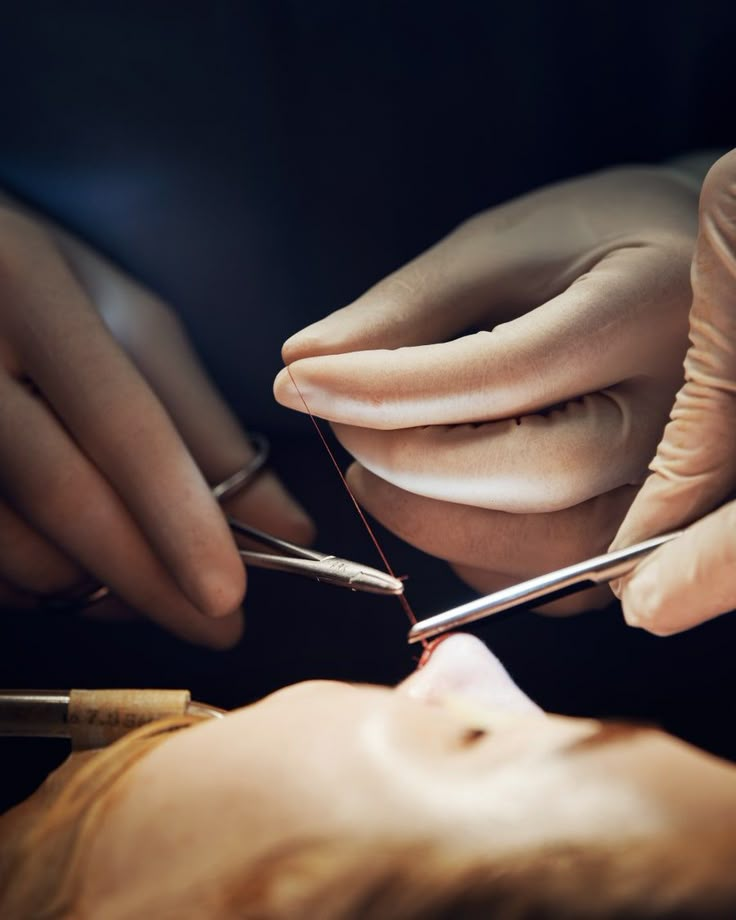
PHOTO: COURTESY
In the age of influencers, our bodies have become the latest battleground for trends. What was once confined to fashion or hair has now shifted to skin, fat, and bone modified, sliced, and medicated to fit into the aesthetic of the moment. From liposuction and Brazilian butt lifts to the sudden surge in weight-loss drugs like Ozempic, people are reshaping themselves with little regard for long-term consequences.
At the heart of this frenzy is a dangerous mix of social media pressure, medical commercialization, and the illusion of quick fixes. Influencers parade their “transformations” as success stories, rarely disclosing the months of pain, possible complications, or the fact that many procedures require costly upkeep. Instead, the before-and-after photos feed a culture of instant gratification: change your body, change your life.
But the costs both visible and hidden are rarely acknowledged. Ozempic, originally developed for diabetes patients, has been repurposed as a miracle weight-loss drug for the image-conscious. Its popularity has triggered shortages for those who medically need it, while many experimenting with it remain unaware of potential side effects: muscle loss, malnutrition, gastrointestinal issues, even dependency. The long-term impact of prolonged use for cosmetic purposes remains largely unknown, yet it is being treated like a simple lifestyle hack.
Cosmetic surgeries tell a similar story. Marketed as tools of self-empowerment, they often trap people in an endless cycle of chasing shifting beauty standards. Today’s “slim-thick” silhouette may give way to tomorrow’s waifish revival. Just like fast fashion, the body itself becomes disposable reshaped, discarded, redone. But unlike clothes, we cannot simply throw our bodies away when the trend passes. The irony is that in the pursuit of perfection, people may end up with scars, chronic complications, or even life-threatening conditions.
We cannot ignore the structural forces behind this. The beauty and pharmaceutical industries thrive on insecurity, marketing costly solutions to problems they helped create. Influencers, knowingly or not, amplify these messages by presenting altered bodies as “normal,” while rarely admitting to the financial, medical, or emotional cost of achieving them. The result is a public increasingly willing to gamble with health for the sake of fitting into a filtered ideal.
To be clear, this is not about condemning those who choose body modification. Personal agency over one’s body matters. But informed consent requires more than a trending hashtag or a 30-second Reel. It demands honest conversations about risks, sustainability, and mental health. If influencers and industries will not take responsibility, then it falls on the rest of us journalists, educators, peers to challenge the narrative and ask harder questions: At what cost are we modifying our bodies? Who benefits, and who gets left behind?
Bodies are not trends. They are not disposable garments to be tailored to the season’s aesthetic. And when the hype fades, the scars both visible and invisible will remain long after the influencer’s carousel post has been buried by the next craze.


